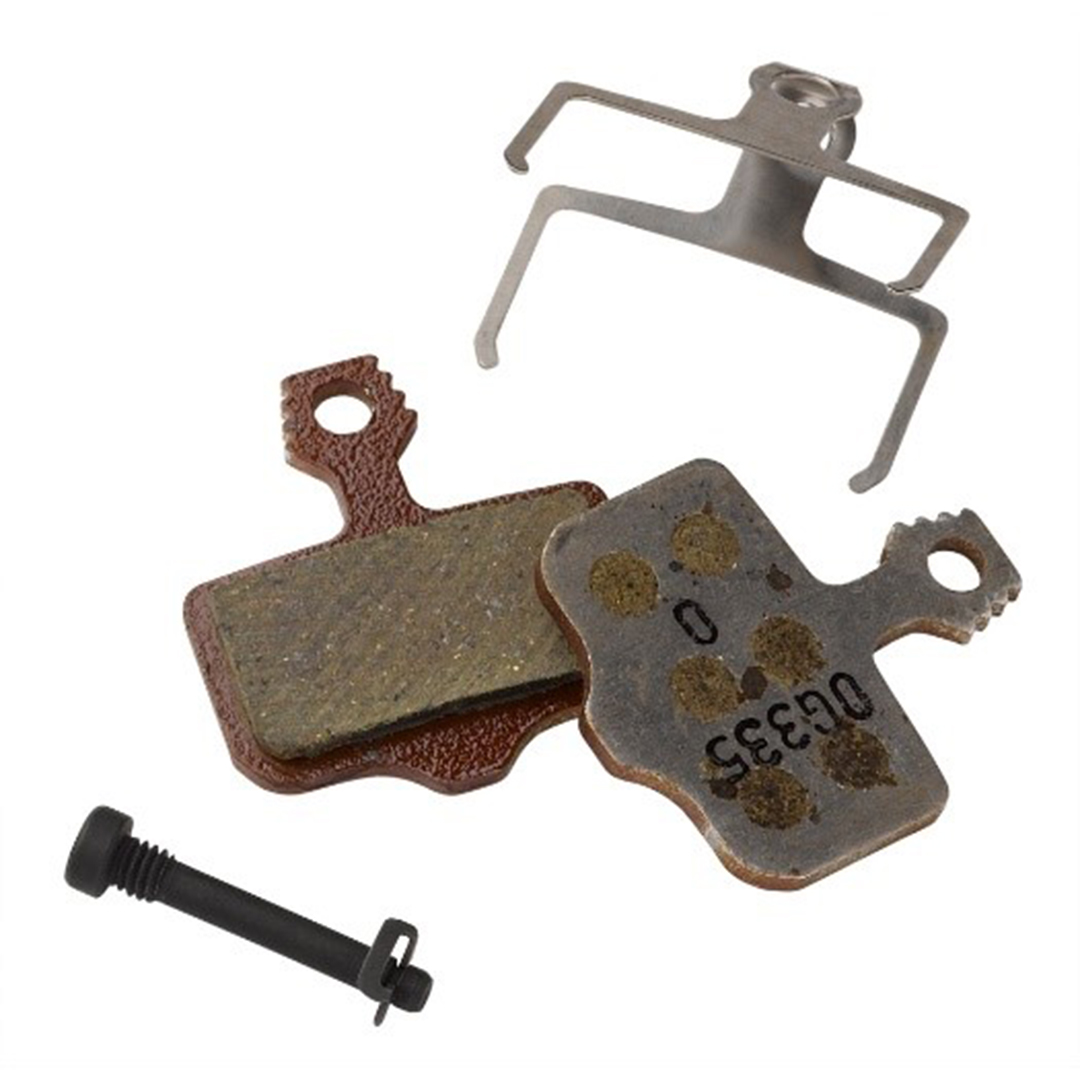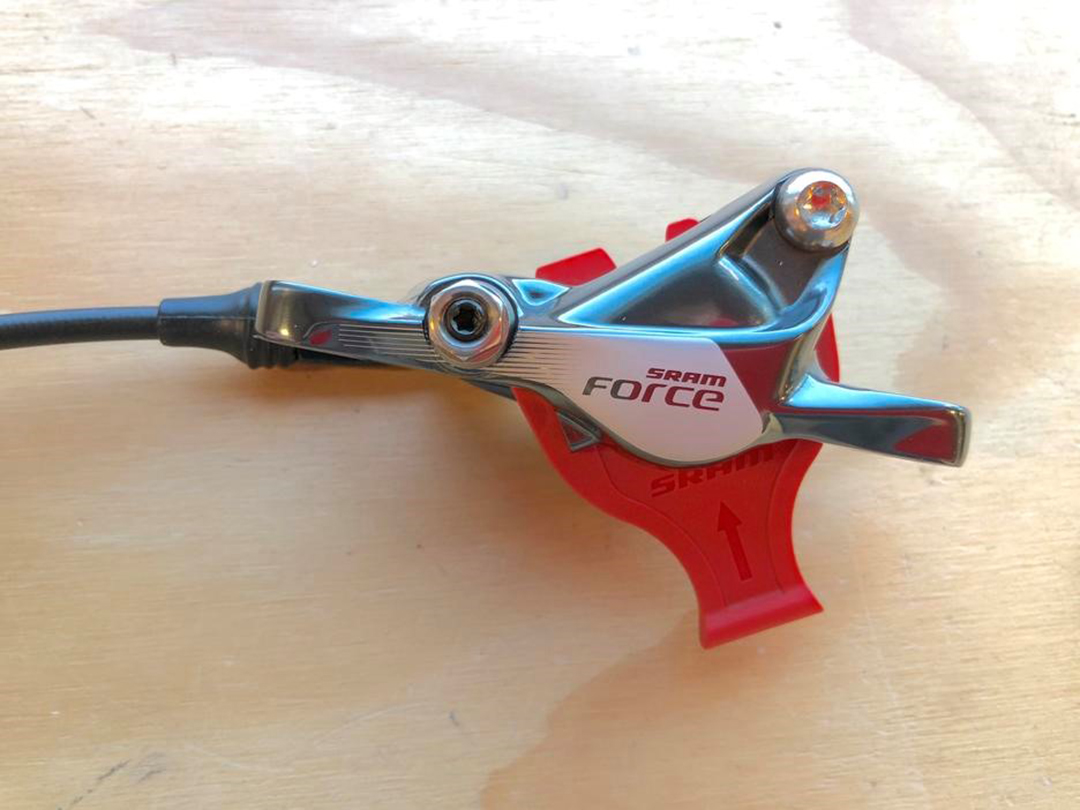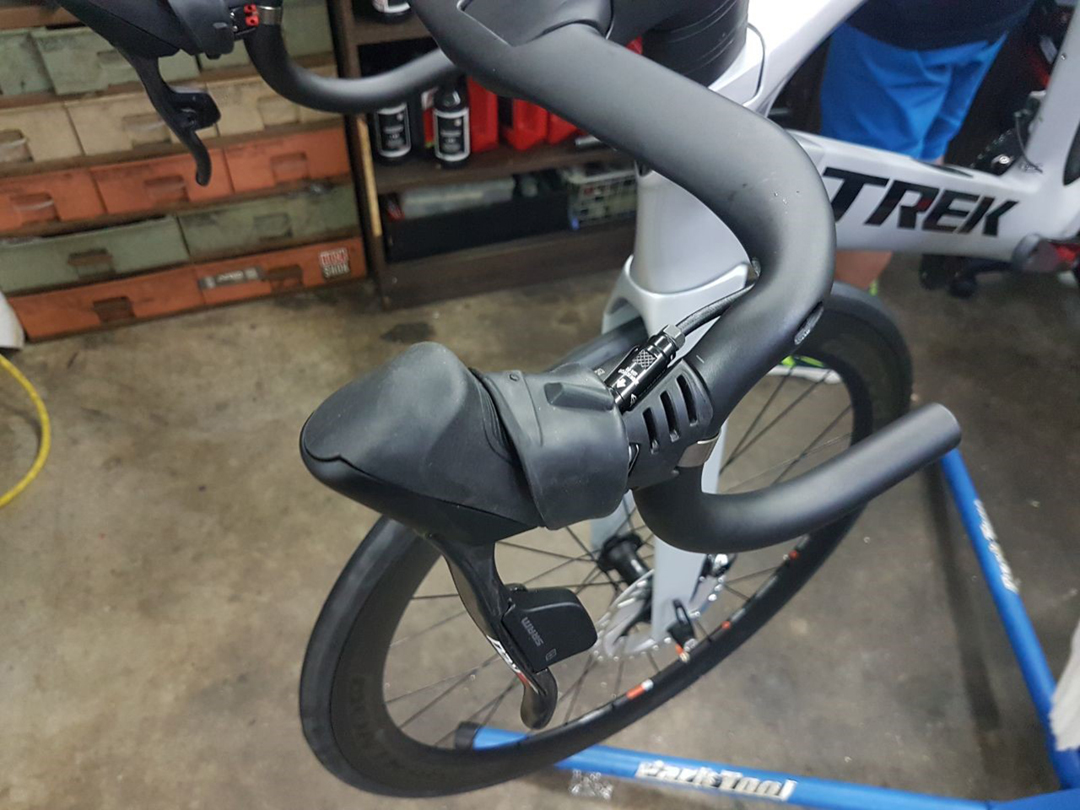Disc Brakes
Most riders would have already known or at least heard of disc brakes being used on road bikes. Benefits include better brake modulation to clearance for bigger chunkier tires and better braking in the rain? But there’s more than just all of that.
What’s the difference in brake pads?
Most companies offer two different types of brake pads, resin or sintered. Resin or more commonly known as organic pads are made from fibers and other organic material like rubber and glass and bonded with resin. Resin pads are quieter in general and feel stronger in bite they, however, wear out faster and do not perform as well in wet and muddy conditions.
Sintered pads also known as metallic pads are made by bonding hardened metallic grains together using high pressure. These pads are known for their long lifespan and their reliable performance in wet and muddy conditions, they, however, are also known for being louder and take a longer time to break in as compared to the resin pads.

Wearing in disc brakes up correctly for the first time is far more important than most people would think.
Wearing in or as Sram calls it disc brakes bed-in, is crucial when rotors on the bike are newly installed or when the brake pads are fresh out of the box. Sram’s bed-in procedure is a series of controlled stops which heats up both the pads and rotors. The pads would deposit a layer of material onto the braking surface of the rotor. This transfer layer from the pads helps in optimizing braking performance
Disc brake care
Avoid using harsh chemicals when cleaning or washing your bike as these can be absorbed into the disc brake pads which is what we call contamination. Contamination can also happen when there is oil on the rotors which are rapidly absorbed into the brake pads when the brake is being pressed. Once contaminated, brake pads are often ruined and are mostly required to change as it affects not only braking power but also produces a loud squeal every time the brakes are pressed hence it is extremely important to avoid contamination at all cost.
If in doubt of contamination, remove the wheels and use a common household dishwashing detergent to wash the rotors before use.
Hydraulic disc brakes adjust for brake pad wear
Hydraulic disc brakes have pistons within the calipers that brings the pads closer when the brake levers are pressed. The pistons will close in until there is contact with the rotors and once the brake lever is released the pistons open back up. This system allows the brake to compensate for brake pad wear. As the pads get thinner with use, the pistons advance by closing in maximizing usage of the brake pads. Keeping in mind not to press the brake levers when the wheel is removed as this pushes the pads closer making it difficult to replace the wheel and it might also cause the rotor to rub on the pads. Hence a pad spreader is recommended whenever you remove your wheels from the bike.

Brake performance not affected by hose routing
Ever had a mechanic told you that by installing your brand-new aero handlebar that hides all the ugly cable housing will drastically affect your braking performance? Not anymore with hydraulic brakes as one of the characteristics of hydraulic systems is that the hose carrying the brake fluid can be in any shape or size which allows it to be fed anywhere.

Disc Brake bleeding is only done as a preventive maintenance once a year
Most people would feel that by having hydraulic disc brakes on their bikes equates to more hassle in the overall maintenance of the bike. This, however, is false. As long as the bleeding is done correctly for the first time, there is no need to re-bleed the brakes. Bleeding is done as a yearly preventive maintenance or when braking performance decreases.
Disc Brakes eliminates rim wear completely
Rim wear occurs every time you apply your brakes. The friction from the brake pads slows down the bike but at the same time also wearing away the brake track on the rims. Ultimately the rims will have to be replaced as it poses a huge safety risk for the rider. Fortunately for disc brakes, safety is not compromised through braking as wear occurs on the disc itself which can be easily replaceable that doesn’t cost an arm and a leg.


